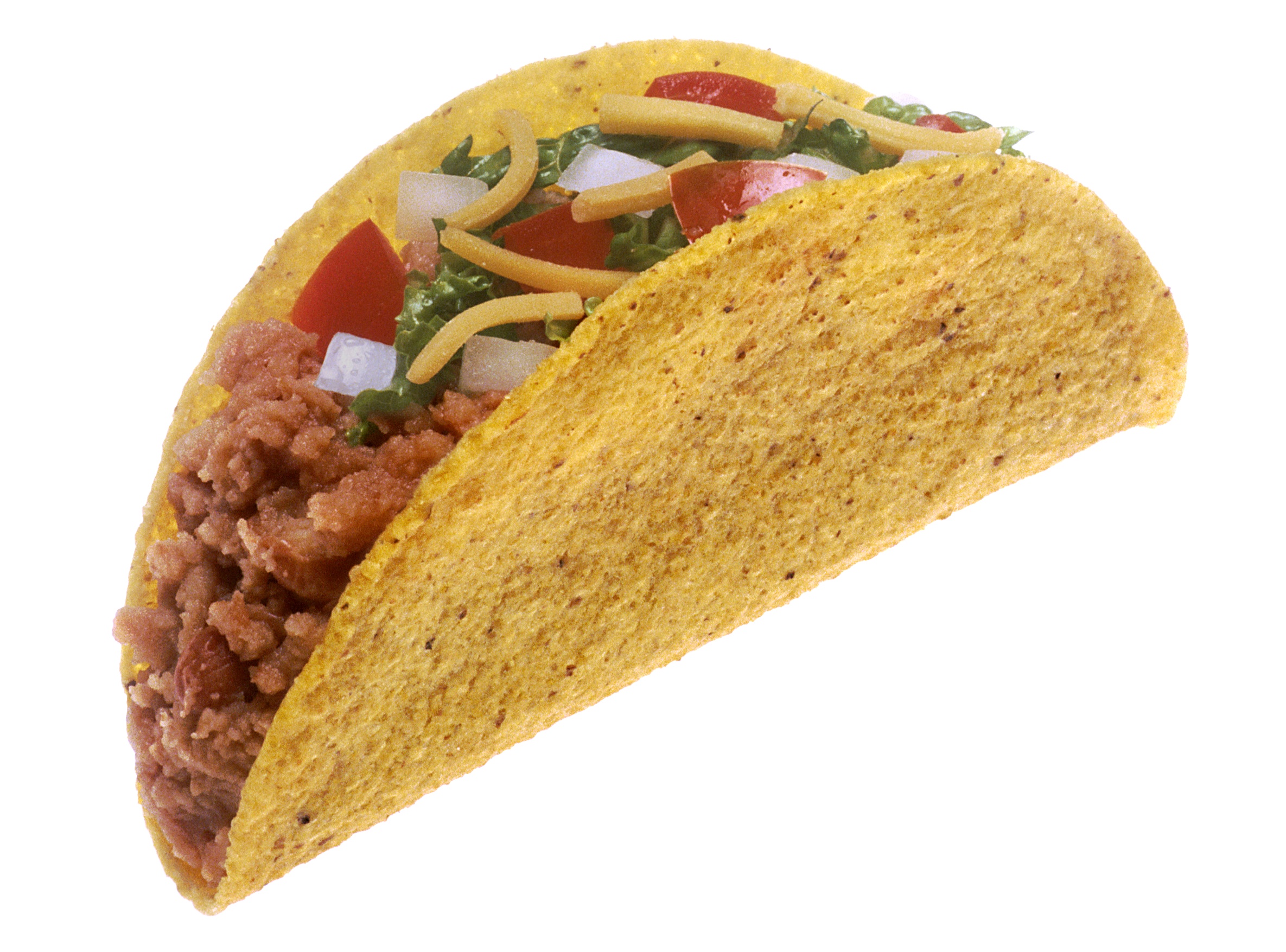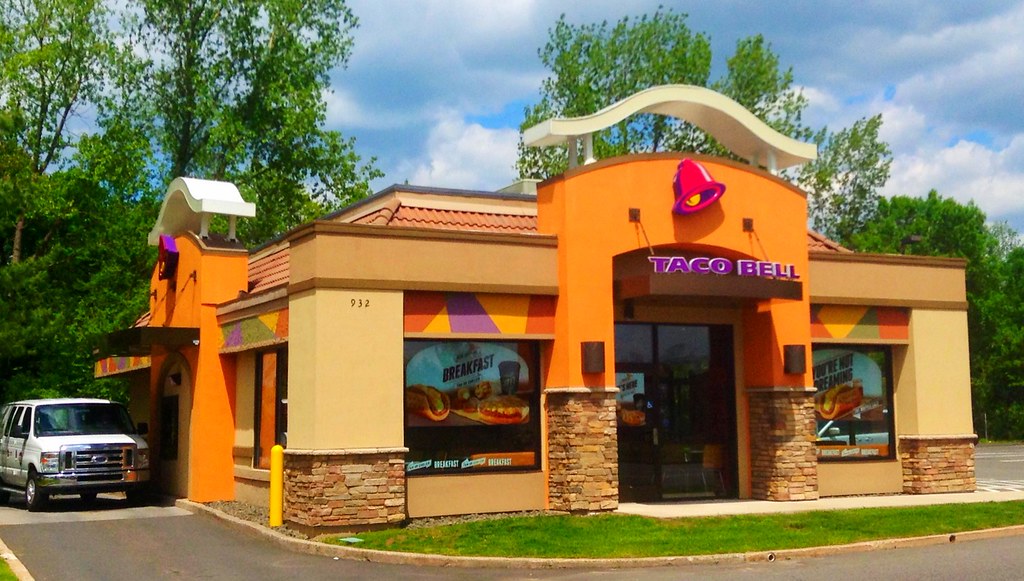In today’s fast-paced world, convenience is key. Consumers expect speed and efficiency in all aspects of their lives, including making payments. Tap-to-pay, also known as contactless payments, has gained significant traction in recent years.
This technology allows customers to make transactions with a simple tap of their card or smartphone, eliminating the need for physical cash or traditional card swiping.
Tap-to-pay works through near field communication (NFC) technology, enabling wireless communication between devices in close proximity. Customers can quickly and securely complete transactions by tapping their card or smartphone on a compatible terminal. This saves time and reduces friction in the payment process.
Taco Bell and other fast-food chains have embraced tap-to-pay as it offers a seamless experience for customers grabbing a quick meal on the go. Payments can be made swiftly without handling physical currency or swiping cards manually. This not only speeds up transactions but also enhances overall customer satisfaction.
Tap-to-pay technology also provides enhanced security features compared to traditional payment methods. With encrypted data transmissions and tokenization techniques, customers’ financial information is protected from potential threats.
In this article, we will explore how Taco Bell’s adoption of tap-to-pay has impacted its operations and customer relationships. We will analyze the advantages and challenges of this payment method in the fast-food industry, shedding light on the future of contactless payments in quick-service restaurants.
The Rise of Tap-to-Pay Technology
Rise of Contactless Payments
Contactless payments have experienced exponential growth in recent years, driven by factors such as smartphone penetration, improved payment infrastructure, and changing consumer preferences. According to Statista, global contactless payment transaction values reached $2 trillion in 2020 and are projected to surpass $6 trillion by 2024.
This rise in popularity can be attributed to the convenience it offers both consumers and businesses.
For consumers, contactless payments eliminate the need for physical cash or card swiping, making transactions faster and more convenient. It also reduces wait times at checkout counters, providing a seamless customer experience.
In addition to convenience, contactless payments offer enhanced security features through encrypted data transmission between devices, reducing the risk of fraud and theft.
The ongoing advancements in technology and the increasing reliance on smartphones suggest that contactless payments will continue to shape our future payment landscape. With their impressive growth statistics and benefits such as speed, convenience, and enhanced security, it is clear that this trend is here to stay.
Taco Bell’s Adoption of Tap-to-Pay
Taco Bell has embraced tap-to-pay technology to enhance customer experience and streamline operations. By implementing this payment method, they provide faster and more efficient transactions for their customers. This decision was driven by the need to meet evolving consumer demands for convenience and speed in today’s digital age.
Taco Bell equipped their restaurants with contactless payment terminals, allowing customers to make quick and secure payments. They also integrated digital interfaces for easy order customization, further enhancing the dining experience.
These initiatives demonstrate Taco Bell’s commitment to staying at the forefront of technological advancements in the fast-food industry while prioritizing customer satisfaction.
Enhancing Customer Experience with Tap-to-Pay
Tap-to-pay technology is revolutionizing customer transactions, offering faster and more efficient payments. By eliminating the need for physical cash or card swiping, customers can simply tap their card or smartphone on the payment terminal.
This not only saves time but also reduces wait times at checkout counters, leading to improved customer satisfaction. Additionally, businesses like Taco Bell have leveraged tap-to-pay to enhance order customization options.
With user-friendly interfaces, customers can easily modify their orders according to their preferences, creating a personalized dining experience. Tap-to-pay technology is transforming the way customers interact with businesses, providing convenience and enhancing overall satisfaction.
Security and Privacy Measures with Tap-to-Pay
Tap-to-pay technology offers enhanced security and privacy measures to address concerns about fraud, security breaches, and customer privacy. Advanced encryption and tokenization techniques ensure the secure transmission of customer information during transactions.
Compared to traditional payment methods, contactless payments eliminate the risk of card skimming or theft.
Companies like Taco Bell prioritize data protection by implementing robust measures that adhere to industry standards and regulations. Customers also have control over their data as they can choose whether or not to consent to its collection and use. This empowers individuals while enjoying the convenience offered by tap-to-pay technology.
Overall, tap-to-pay technology provides a secure and privacy-conscious payment option. It utilizes encryption, tokenization, and eliminates risks associated with traditional methods. Companies like Taco Bell prioritize data protection while giving customers control over their private information.
Tap-to-pay continues to gain trust as a reliable payment method in today’s digital world.
Impact on Taco Bell’s Business Performance
The introduction of tap-to-pay technology at Taco Bell has had a significant impact on the fast-food chain’s business performance. This section will explore the various ways in which this innovative payment method has influenced customer satisfaction, sales growth, and revenue.
With the implementation of tap-to-pay, Taco Bell has been able to significantly reduce wait times for customers, resulting in improved customer satisfaction. Customers’ impressions of time spent waiting in line have been positively impacted by the speed and efficiency of transactions.
The seamless payment experience provided by tap-to-pay technology has received positive feedback from customers, further enhancing their overall satisfaction.
The adoption of tap-to-pay technology at Taco Bell has not only improved customer satisfaction but also contributed to an increase in sales. By comparing sales figures before and after implementing tap-to-pay, it becomes evident that there has been a noticeable uptick in revenue.
This can be attributed to faster transactions and enhanced customer experiences.
One potential factor contributing to revenue growth is the convenience offered by contactless payments. With tap-to-pay, customers are more likely to choose Taco Bell as their preferred fast-food option due to the ease and efficiency of completing transactions.
This convenience factor could attract more customers and even boost loyalty among existing ones, ultimately leading to increased revenue for Taco Bell.
In summary, the introduction of tap-to-pay technology at Taco Bell has resulted in improved customer satisfaction, faster transaction speeds, increased sales growth, and enhanced revenue. By embracing this innovative payment method, Taco Bell has successfully enhanced its overall business performance in today’s competitive market landscape.
| Heading | Content |
|---|---|
| Increased Transaction Speed Leading to Improved… | – Reduction in wait times – Positive customer feedback – Enhanced overall satisfaction |
| Tap-to-Pay’s Influence on Sales Growth and Revenue… | – Increase in sales – Convenience for customers – Potential boost in loyalty |
Future Outlook for Tap-to-Pay in the Fast Food Industry
The future of tap-to-pay technology in the fast food industry looks promising, with widespread adoption expected in the coming years. As more and more fast food chains recognize the benefits and convenience of contactless payments, they are embracing this technology to enhance customer experiences.
McDonald’s and Burger King are just a few examples of fast food chains that have already started implementing tap-to-pay systems.
One major prediction for the widespread adoption of tap-to-pay technology is increased competition among fast food chains. As contactless payments become increasingly popular, these chains will strive to provide better customer experiences by offering seamless transactions through mobile wallets like Apple Pay and Google Pay.
Integration with mobile wallets will allow customers to make quick and secure transactions using their smartphones, eliminating the need for physical cards or cash.
Tap-to-pay technology also opens up opportunities for fast food chains to enhance their loyalty programs and offer personalized rewards based on customer preferences. By integrating loyalty programs into their tap-to-pay systems, these chains can incentivize repeat purchases and create a more engaging experience for their customers.
Furthermore, advancements and improvements are expected in tap-to-pay technology itself. With ongoing technological advancements, we can anticipate faster transaction times and even more seamless integration with mobile devices. This will further enhance the efficiency and convenience of contactless payments in the fast food industry.
Conclusion
[lyte id=’BkjkMaMR1pc’]






